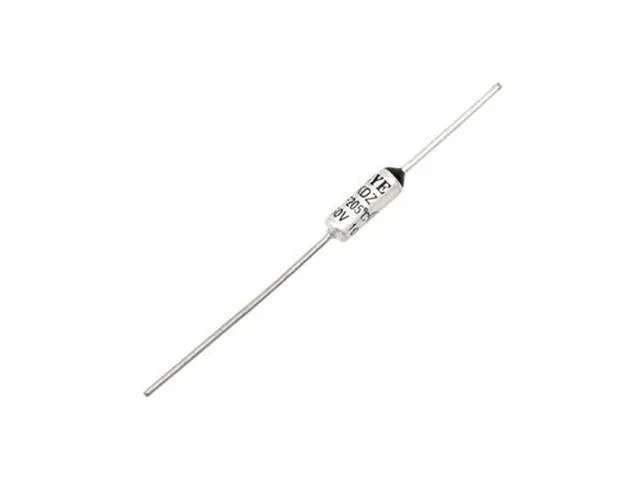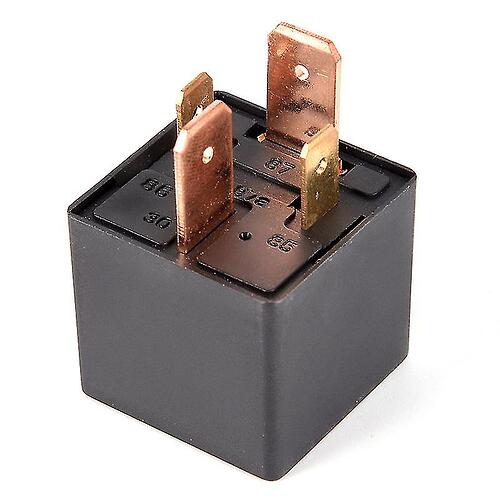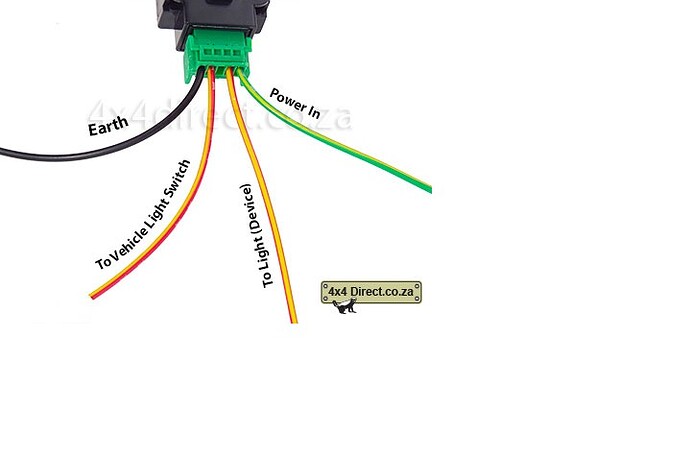I thought it prudent to post here before I let smoke escape.
All you clever auto electrician sparkies, I need some help please.
I got gifted a set of spotlights for my vehicle, and it has been ages since I’ve last done in install like that. The quote I received for this to happen is just shy of R4k so I said urhmm, let me get back to you.
The issue I’m sitting with is as follows.
Yonks ago I wired up 4 spots on the roof rack with a 4 pin relay for each set. They work brilliantly for years now.
Now I want to add the gifted set on the bumper and use the existing hole in the dash (replacing the current rocker switch with 2 individual ones, one being for rooftop spots, and one for the bumper spots (which will have a 5 pin relay)
What makes these new switches nice is that they (when wired correctly) will emit a constant soft glow which will become brighter when switched on.
And there my hamster spun right out of the wheel because these switches has 4 wires each and I don’t know where they should go.
So I understand more or less how to wire up a relay.
Pin 30 will go to the battery + and be fused
Pin 87 will go to the spotlights + wire and the spots negative wire will be grounded
Pin 85 itself needs to be grounded
Pin 86 will have the wire going to the dash mounted switches but needs a return wire to battery +
Now these switches… and where do those wires go to. The wire diagram states as follows:
1 x red wire - to relay or device
1 x red wire - to vehicle lights
1 x green wire - power in
1 x black wire - earth
This clashes with how I understand a relay to work. I mean are all 4 these wires necessary? A switch is just there to break a circuit. Surely if I route power through it straight from the battery and to pin 86 everything should work? Or perhaps if doing it this way, the switch won’t be illuminated when off.
How do I do this?



